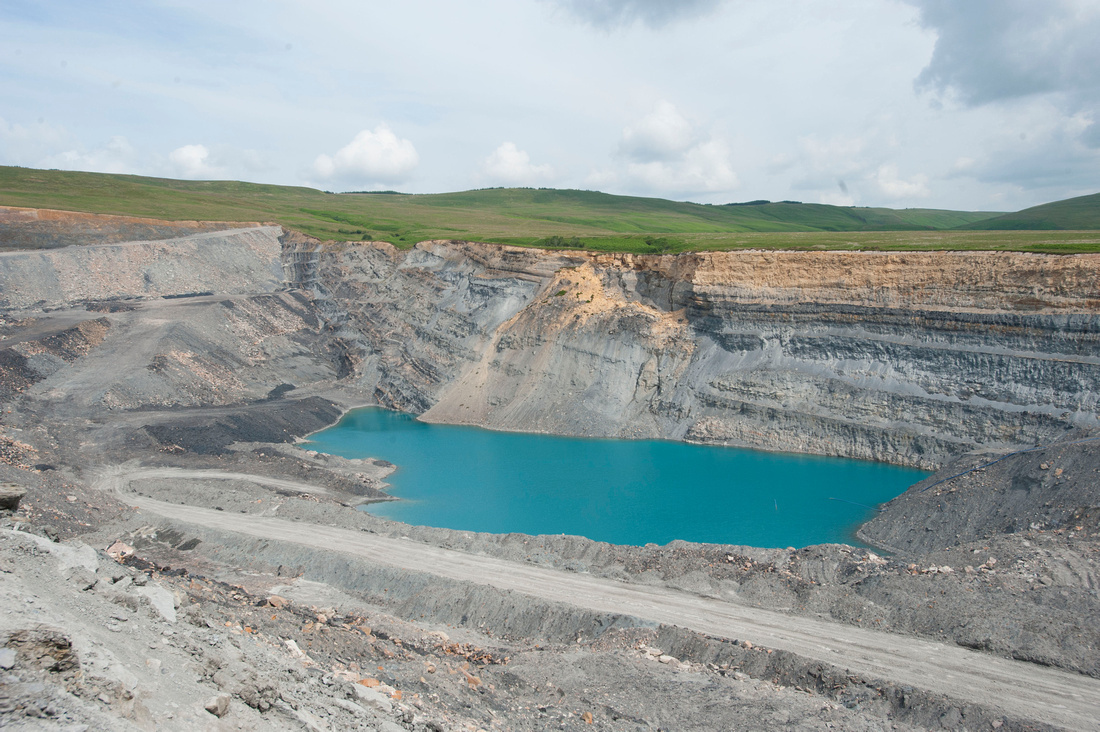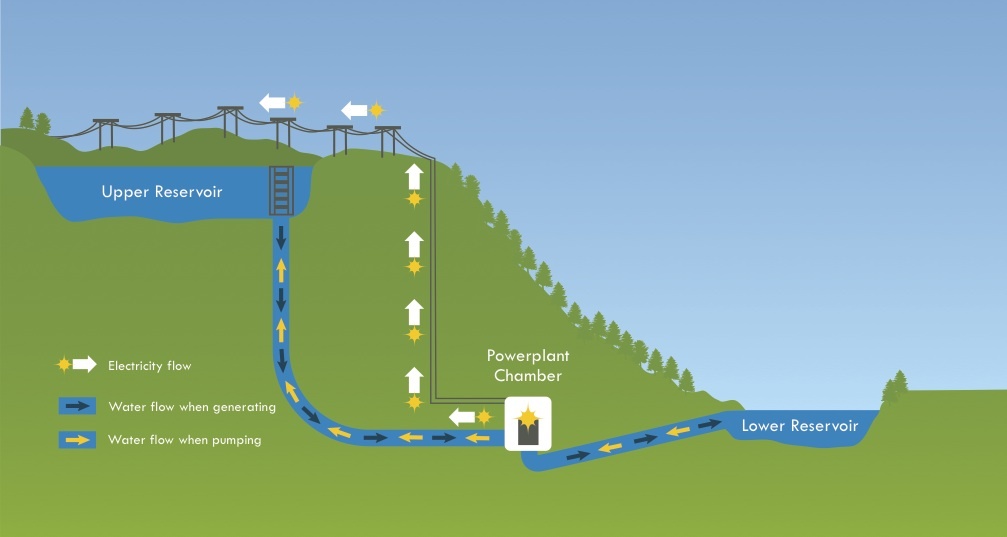The Scottish Government has approved a major new pumped storage hydro scheme as it was revealed the low carbon sector was worth £10.7 billion to the economy.
Ministers gave the green light to Buccleuch / 2020 Renewables new 400MW capacity hydro facility at the Glenmuckloch open cast coal mine in Dumfries as official data from the UK Government showed more than 43,500 jobs depended on low carbon schemes.
The jobs figure, which relates to 2014 and includes direct and indirect roles, equates to just under 10% of total employment at that time.
Business Minister Paul Wheelhouse said: “Today’s figures underline both the huge opportunity that decarbonising our energy system presents, as well as the critical importance of continuing to support the sector properly – encouraging investment, generating value, and creating jobs across Scotland.”
The Office for National Statistics data was welcomed by Scottish Renewables chief executive Niall Stuart.
“At all levels of our industry – from the companies which develop wind farm, hydro and biomass projects and more to the consultancies, legal firms and accountants who support the sector – the opportunities from decarbonising our energy supply are increasingly clear,” Mr Stuart said.
“These new statistics underline the value of continued government support for green energy and show that tackling climate change goes hand in hand with economic opportunity.”
WWF Scotland director Lang Banks said; “The leadership that the Scottish Government has shown, through setting ambitious targets for renewable electricity generation, has helped Scotland capture a far greater proportion of jobs in key renewable industries in the UK.
“However, with electricity generation now accounting for less than one quarter of Scotland’s climate change emissions, it’s now time to begin to reap the same benefits by increasing the use of renewables in our heat and transport sectors.
“Setting ambitious renewable electricity targets helped give industry certainty. A new target to generate half of all our energy needs from renewable sources by 2030 would do the same for other parts of our economy.”












